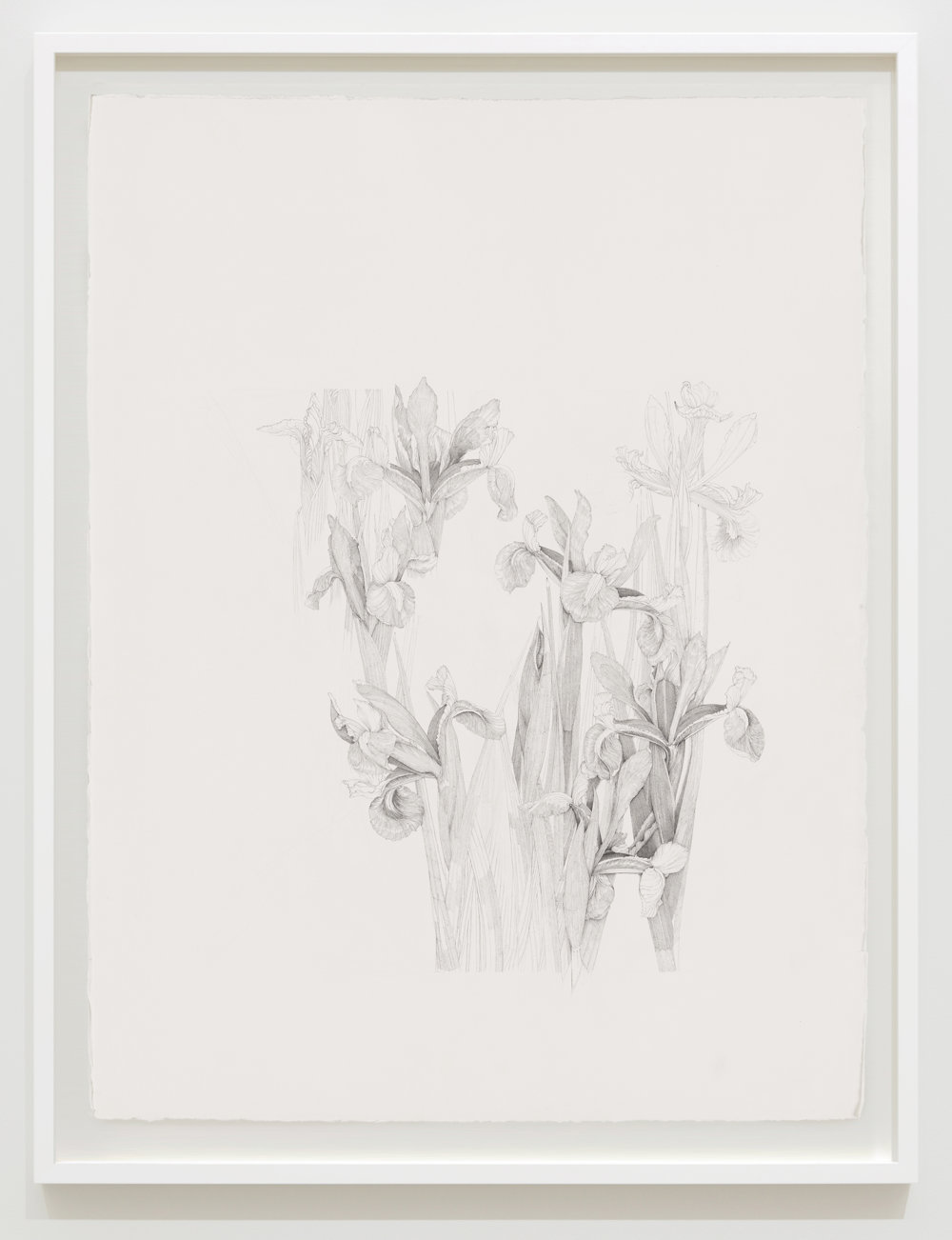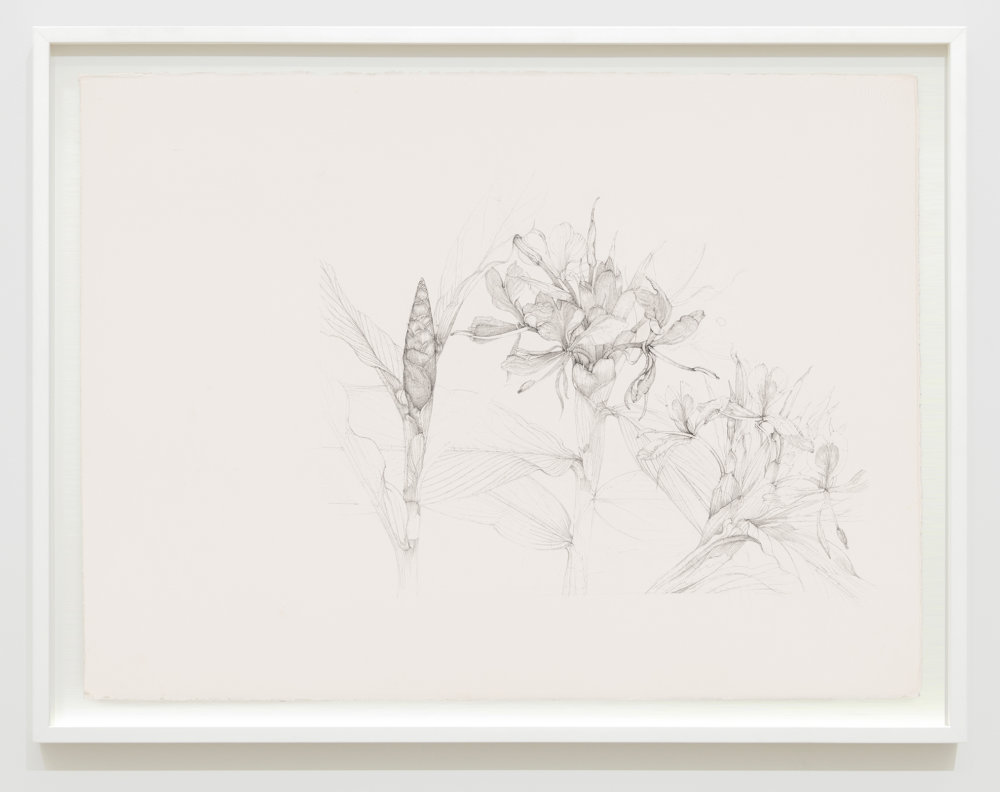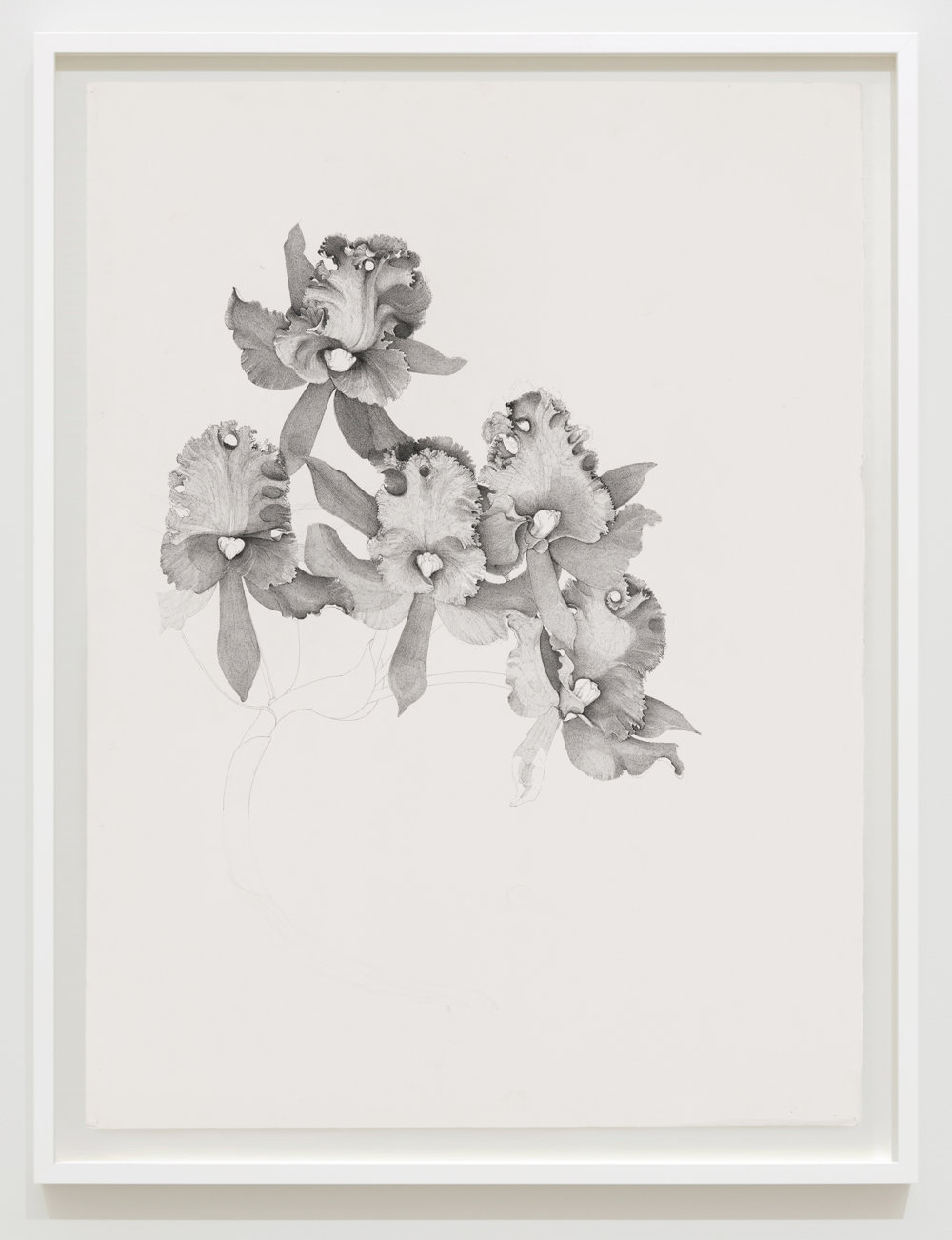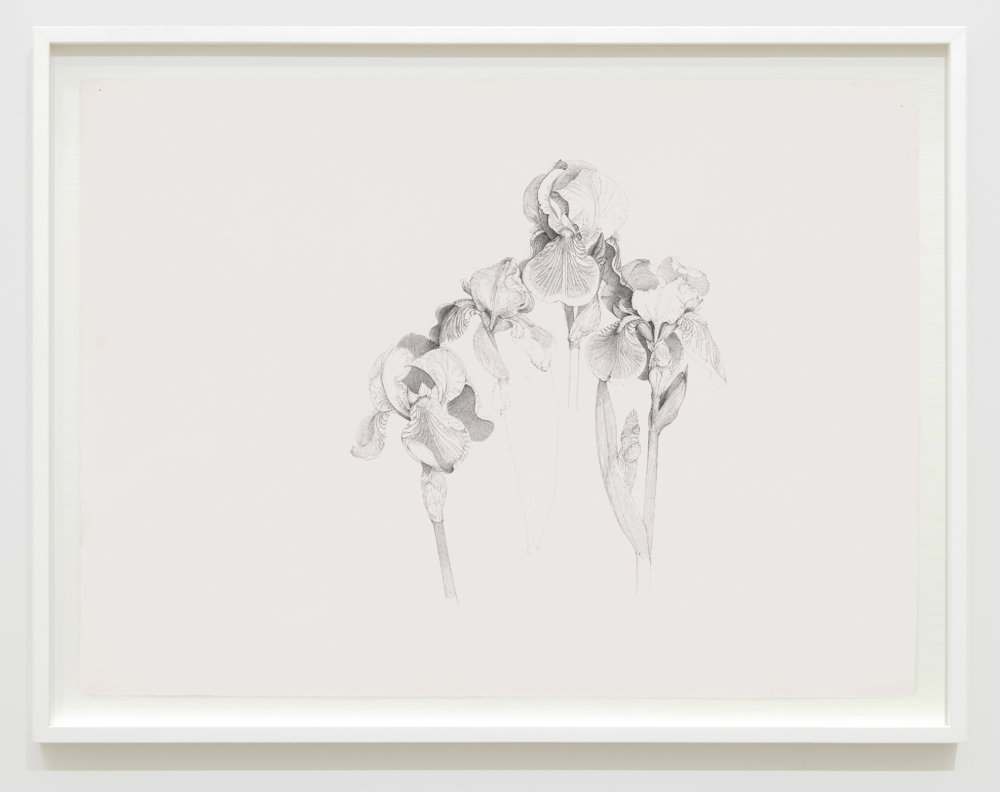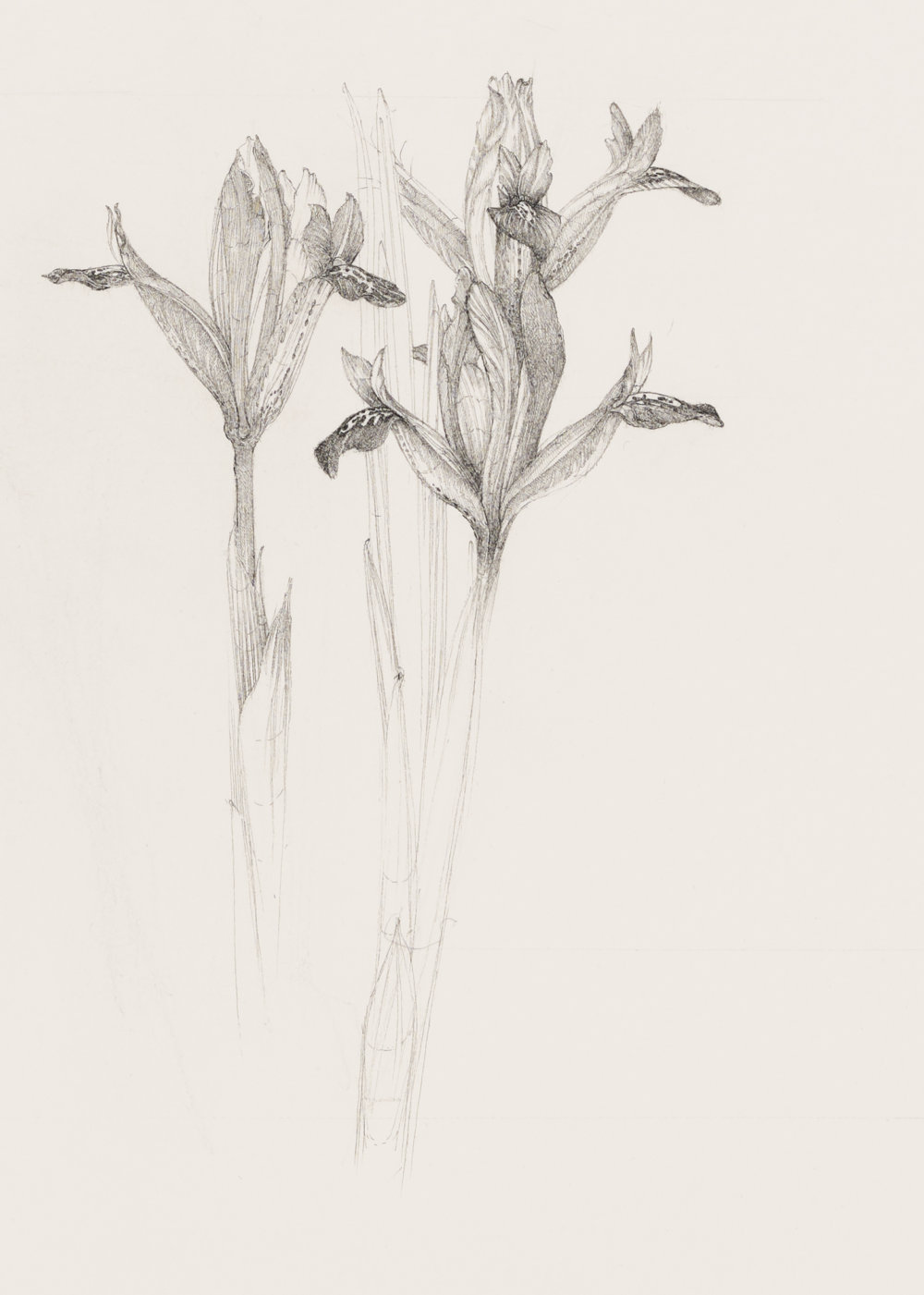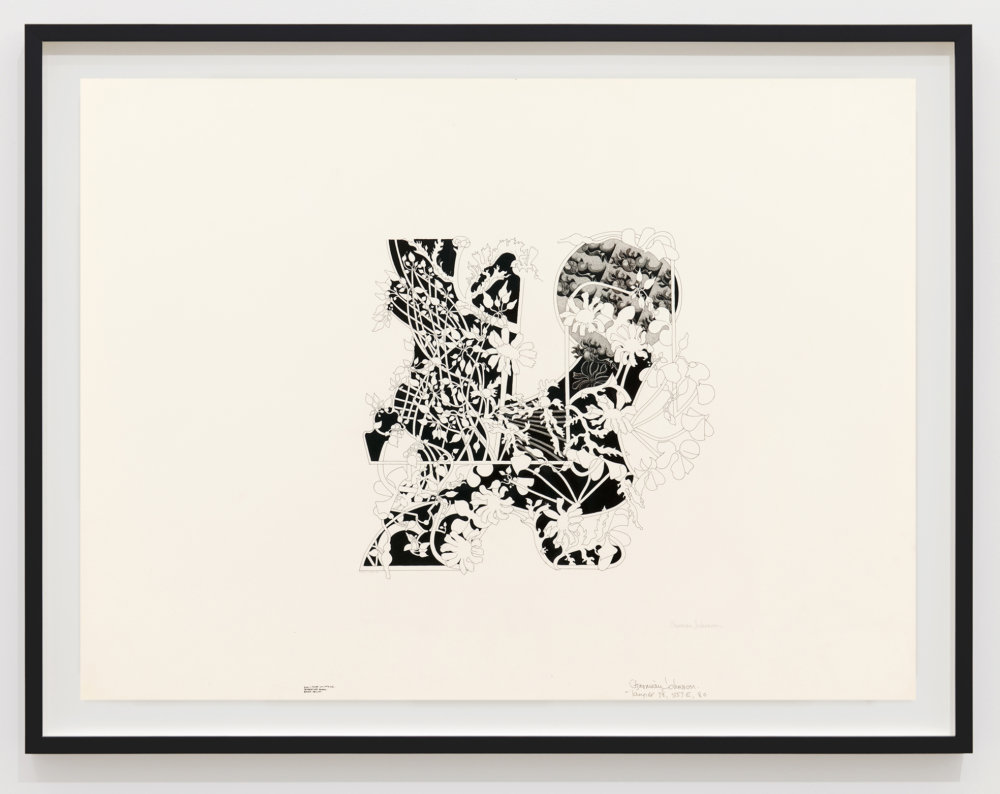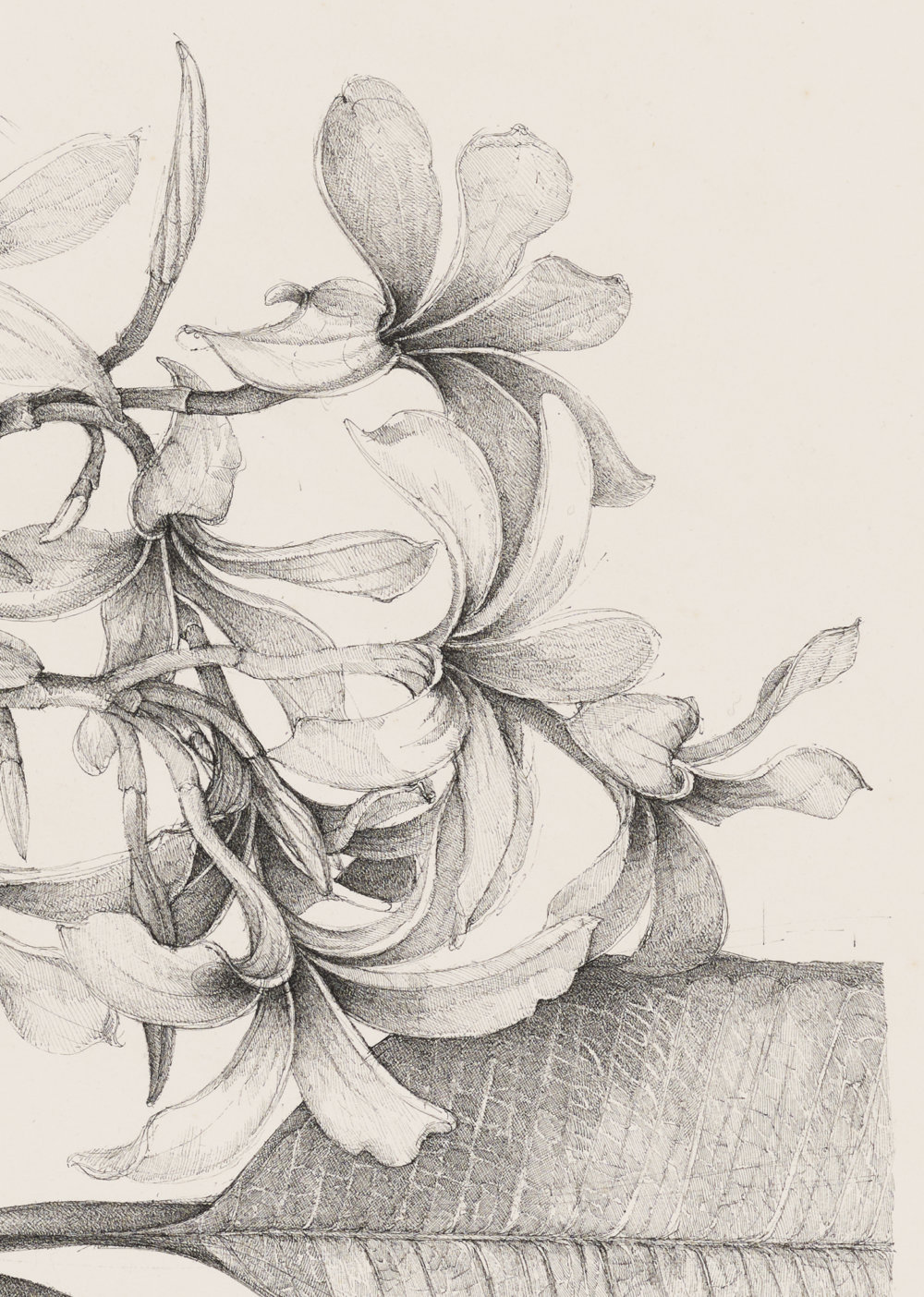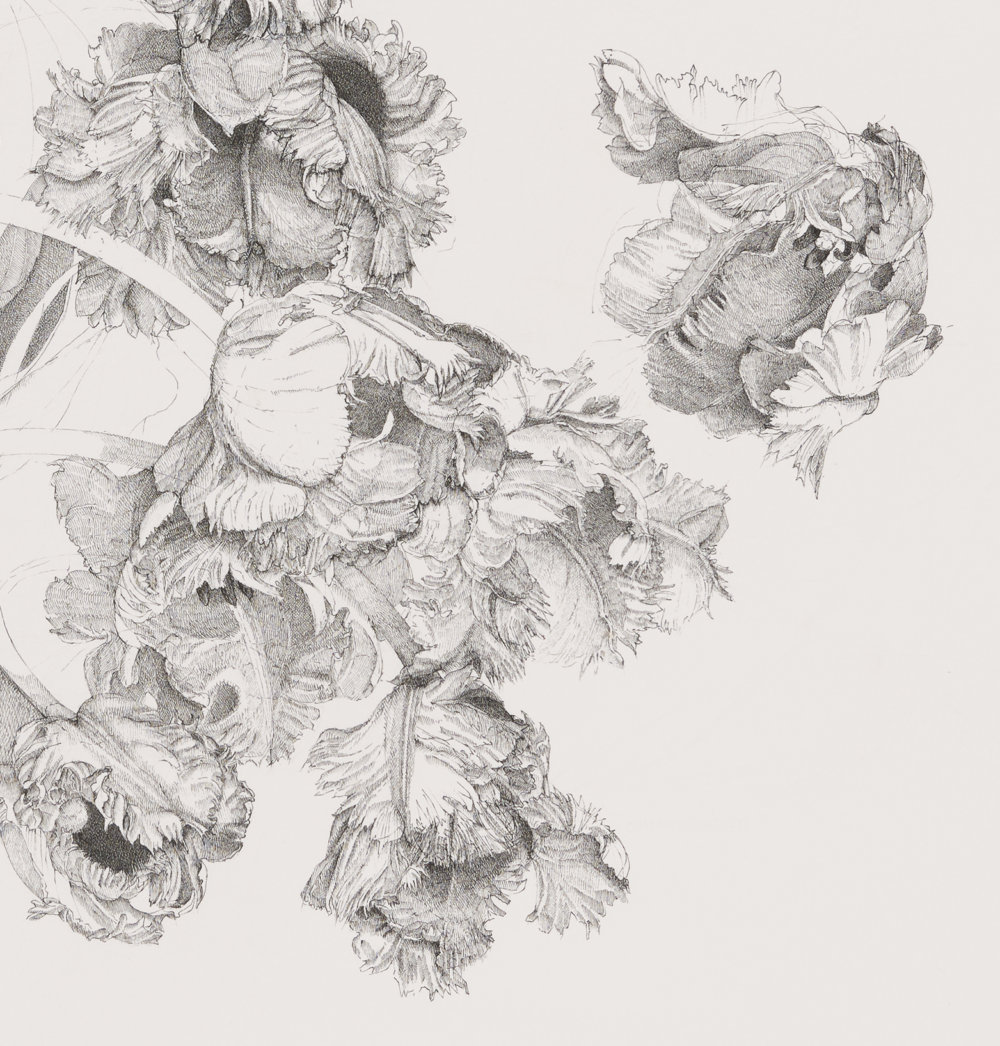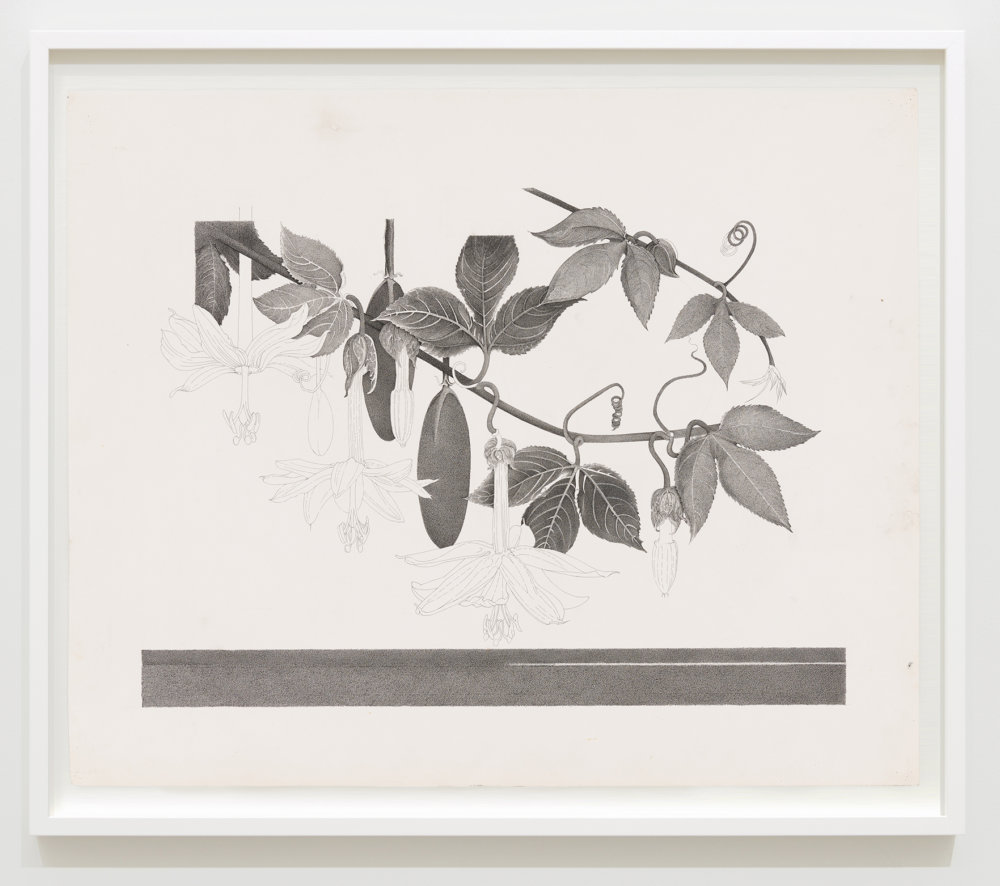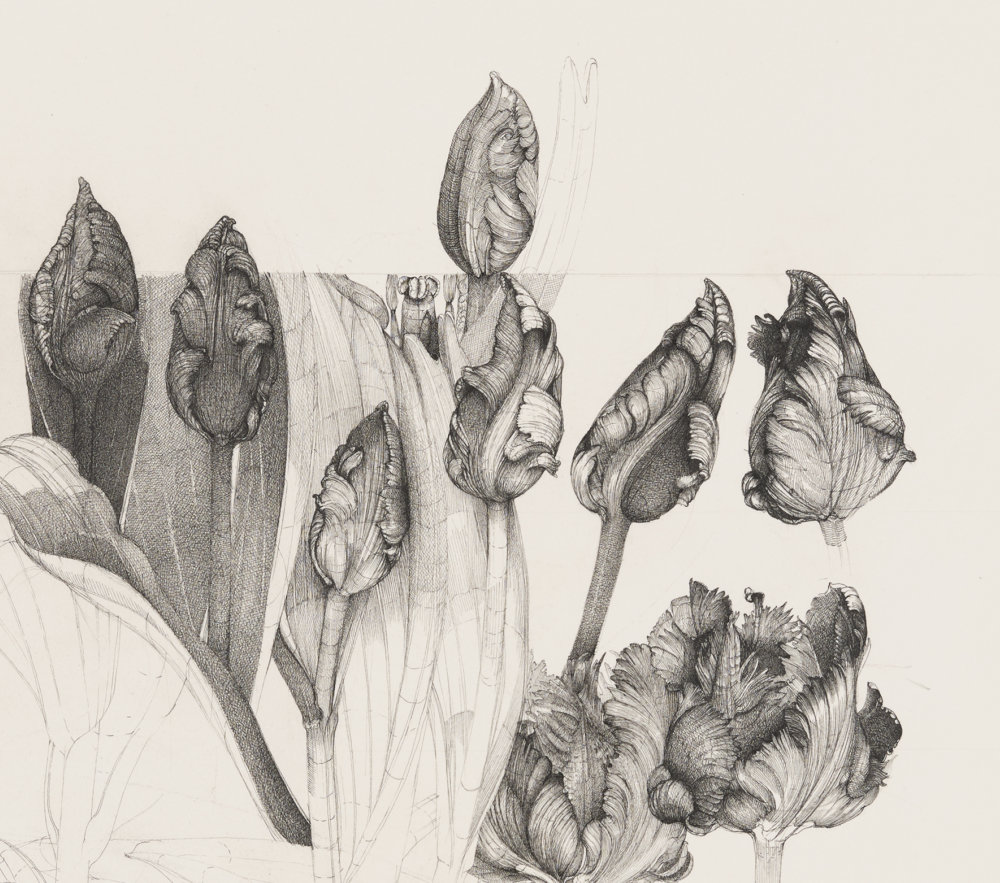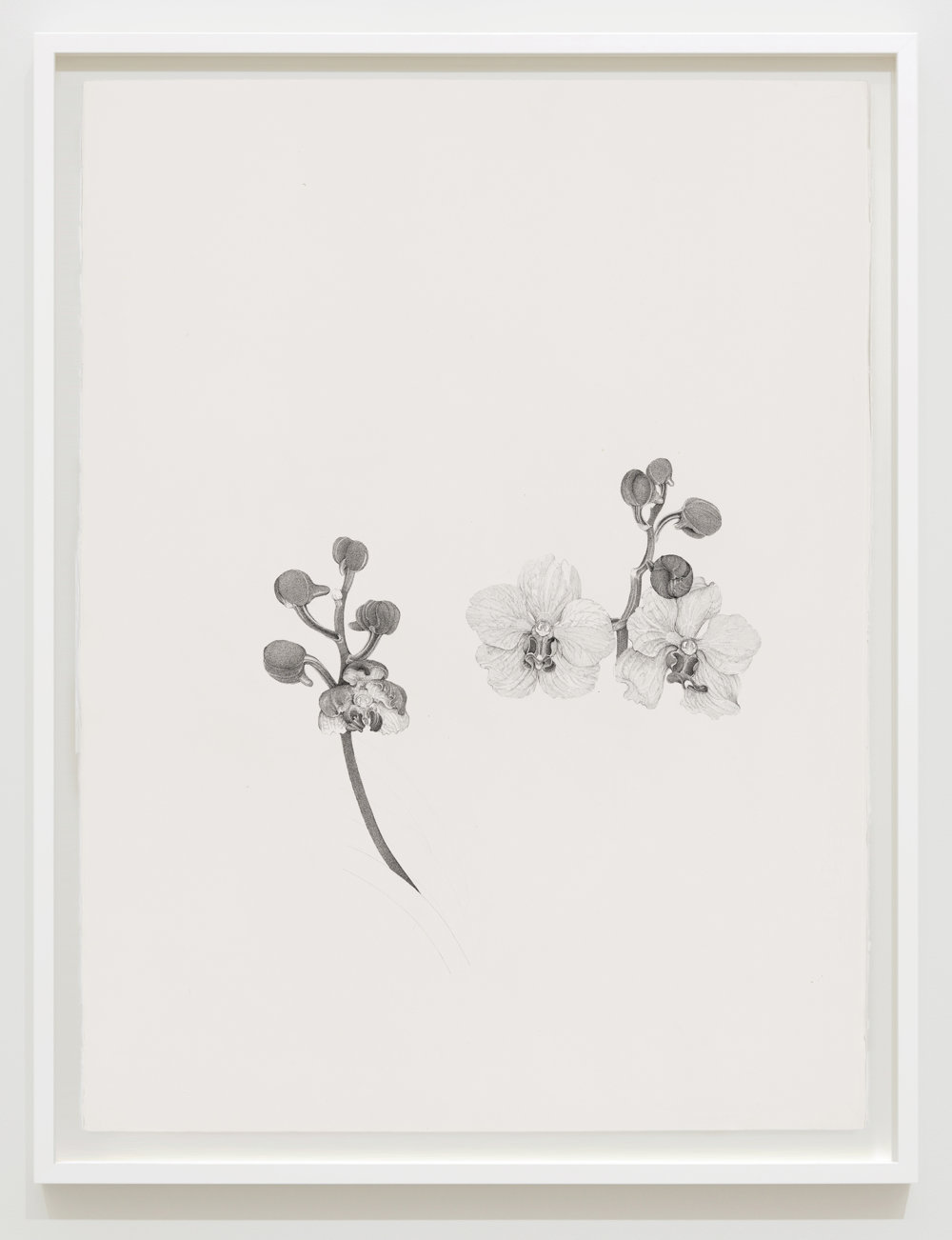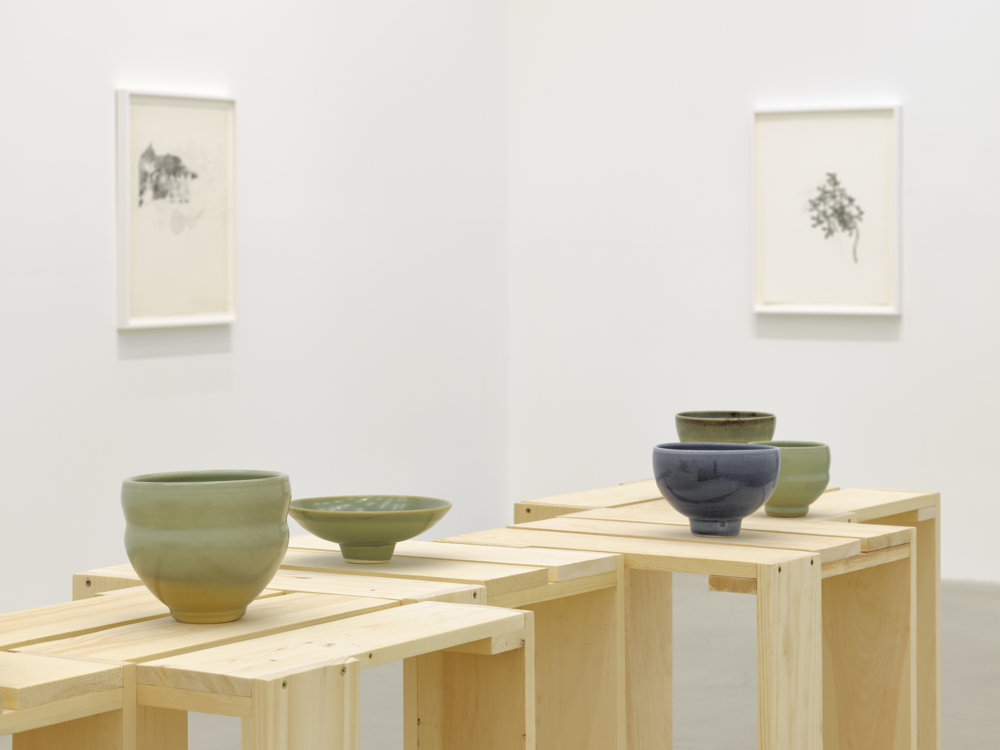Charmian Johnson
May 29–July 3, 2021
It is difficult to summarize the four decades of drawings and ceramics that Charmian Johnson (1939–2020) has left us, but in the simplest of terms, beautiful is the word most unironically and instinctively used when they are first encountered. This exhibition focuses on her two distinct and substantial practices with a selection of works from 1979 to 2018. Through particular and peculiar forms—made with exacting skill, intuition and attention—her works push beyond quick intellectual and aesthetic appraisal, theoretical impulse and boundaries of craft/art. They offer us an alternative route in both the experience of the work itself and the artist’s practice, requiring and rewarding our sustained attention. Born in Pouce Coupe, BC and living and working in Vancouver the majority of her life, she was a key figure in a local and international ceramics community since the 1970s. She travelled frequently to England, Morocco, Turkey, Hawaii, and France, where she closely observed both ceramic culture and plant life, producing a focused body of drawings and ceramics over many decades.
An exceptionally dedicated and respected ceramicist, whose knowledge and technique was well known, she devoted her daylight hours to her home studio and kiln. Committing to a ‘potter’s life’, she consistently produced numerous ceramic objects of stunning and subtle complexity, both in form, glaze and skill. While connected to the Bernard Leach tradition, with whom she worked closely as an archivist in his late life, her ceramics of complex clarity are decidedly her own. Occupying the enviable position between functionality and refined aesthetic authority, Charmian insisted her ceramics be held in hand and used in our lives in order to be fully comprehended; a difficult balance. A balance that also complicated her relationship to the contemporary art community that she regarded with some well-founded suspicion in the contextualization of her work but one that she had opened to in recent years.
Her evening hours were often dedicated to a meditative practice of drawing—studiously wearing down steel pen nibs to an extraordinarily fine point, impossible to fabricate by mechanical means—before using them in exceedingly fine articulation. The evolving series of strange and refined ink drawings of flowers and plants developed over 40 years; a quiet, private practice in some ways, only occasionally exhibited in public. While taking cues from historical botanical drawings, Albrecht Dürer, Art Nouveau, and psychedelic graphics, the works transcend these referents in both the density and spareness of their enunciation. Charmian painstakingly rendered plant life over months, often years. She did not work from photographs or other images, preferring observation and her own translational memory in rendering. A drawing of a single flower will contain information from all sides of itself, which she compiled as her own formal composition. The drawings do not illustrate a general category or genus of plant as would a traditional botanical illustration, but bring forth through great focus that particular, unique and individualorganism. This was done with a deep sense of responsibility, often taking years to complete a drawing, returning and working on many simultaneously.
Early drawings from the ’70s started in Tangiers, Morocco are graphic, the plants’ outer forms and interior lines become integrated with abstract form and pattern. Work completed in Hawaii in the ’80s transitioned from bold lines to more detailed articulation, their tropical plant forms lending angles and edges. In works completed in Vancouver over the last decades, Charmian developed compositions of increased subtlety and intricacy. In contrast to her attention to heightened reality, she allowed large areas of paper to be left empty—leaves, petals, stems and sketched areas of the work are left ‘unfinished’, while accidents and notes become aspects of the works’ composition. Notations—on plant name, pens used, the paper, even the geographic location where the work was started and finished—are integrated amongst the drawings. These blended renderings come up against hard-edged borders on the page, only to transgress and push beyond them in another area. The viewer is asked to move in closer to resolve the oddness of form and the immensity of detail, as much as nature asks of itself.
High above
this West Coast morning cloud
rise frigid Spirit Peaks.
damp, my Chanoyu bowls
are slow to dry.
–Charmian Johnson, 2014
Charmian Johnson (b. 1939, Pouce Coupe, Canada, d. 2020, Vancouver, Canada) lived and worked in Vancouver. Over the past 40 years, her pottery and works on paper have been included in numerous group exhibitions across Canada, including the National Gallery of Canada, the Museum of Anthropology at The University of British Columbia, the Burnaby Art Gallery, the Art Gallery of Greater Victoria, the Glenbow Museum, Calgary, and the Museum of Natural Sciences, Ottawa; most recently in Nature, Catriona Jeffries (2018), and Thrown: Influences and Intentions of West Coast Ceramics, Morris and Helen Belkin Art Gallery, Vancouver (2004), which she co-curated. She has been accorded significant solo exhibitions, including Flora: Drawings by Charmian Johnson, Vancouver Art Gallery (1989); and An Exhibition of 99 Bowls by Charmian Johnson, University of British Columbia Fine Arts Gallery (1985). Johnson studied drawing, graphics, and pottery at the University of British Columbia.
Documentation by Rachel Topham Photography





